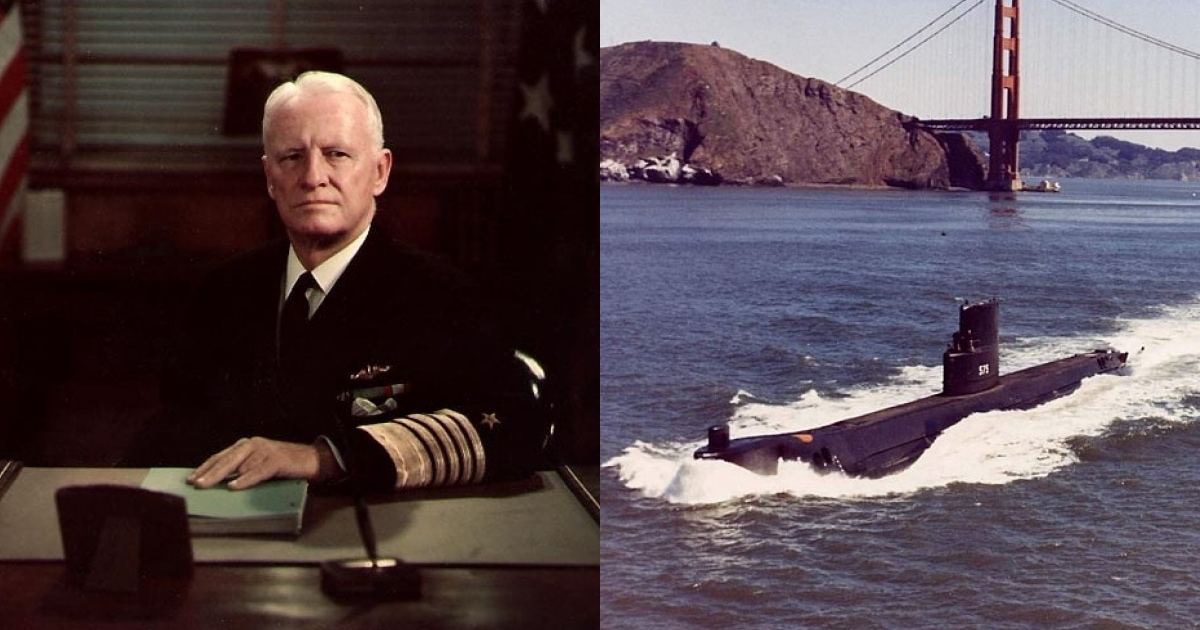Born in the then Kingdom of Poland, Hyman Rickover eventually served 63 years in the United States Navy. The length of his naval career is in itself remarkable. No other man served in the American military for so long a career, at any rank. He had to fight for advancement every step of the way. He encountered impediments from the time he applied for an appointment to the Naval Academy. Throughout his life he dealt with anti-Semitism, beginning as a child in Poland during the time of Russian instigated pogroms. The son of a tailor, Rickover rose through hard work, continuing education, and persistent insistence on personal excellence and responsibility to eventually hold flag rank in the US Navy for 30 years.

During than long career, he made enemies, within the Naval bureaucracies and in the halls of Congress. His career spanned the presidencies of Woodrow Wilson to Ronald Reagan. As head of the US Navy’s Nuclear Power Program, Rickover personally interviewed each and every officer applying to enter it. His interviews became legends in the Submarine Service, as well as in the Navy’s nuclear-powered surface fleet. When powerful enemies sought to have Rickover removed through failure to be promoted, he turned to friends in the Senate and the press. The Navy’s promotion board was forced to amend the list of Captain’s being promoted to Flag Rank, an unprecedented intrusion into the Navy’s operation. Only Rickover could get away with it. Here is the story of the engineer who built the US Navy’s nuclear power program into the most reliable and safest use of atomic energy in history.

1. Rickover’s life began at the very beginning of the 20th century
Chaim Godalia Rickover, as his parents Abraham and Rachel named their son, was born on January 27, 1900, in a small town in Poland. His father, a tailor, had already made trips to the United States, familiarizing himself with Chicago and New York. The pogroms of the period made life in Poland untenable for Jews and Abraham moved to America in the late 1890s. In 1906, Chaim, his sister, and his mother immigrated to the United States to join Abraham in New York City. After two years in New York, the family relocated again, to the North Lawndale neighborhood of Chicago. North Lawndale featured a heavily eastern European Jewish population at the time, and Abraham continued to work as a tailor. Chaim, who’s name had been changed to Hyman, worked as a grocery boy and at other odd jobs while he attended school.
In 1918 Hyman graduated from high school with honors and took a job as a telegraph delivery man. That job brought him into contact with Adolph Sabath, a Jewish Congressman who, like Rickover, had been born in Eastern Europe, in what had been the Austrian Empire. Sabath offered him an appointment as a third alternative to the United States Naval Academy. Ordinarily, a third alternate was unlikely to obtain entry, but Rickover’s scores on the entrance exam were sufficient to gain him the appointment. He entered the Naval Academy as part of the class of 1922, in the fall of 1918. The United States was at war, which meant the cadets and midshipmen in the military academies were considered to be active duty servicemen. At the academy Rickover, slight of build and with a foreign name, encountered considerable hazing. He changed his middle name to George when he enrolled.

